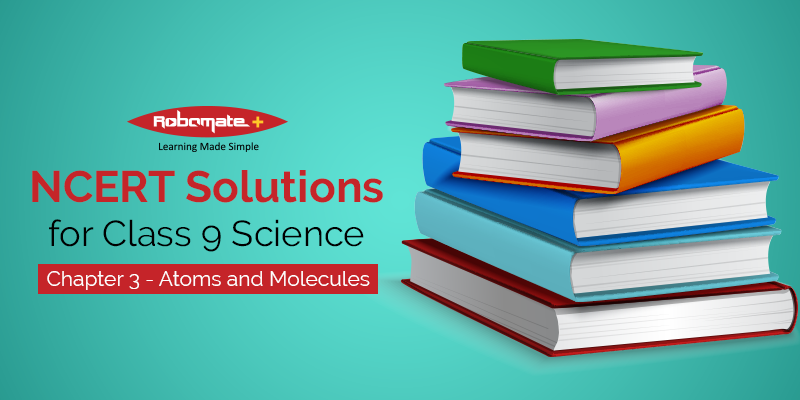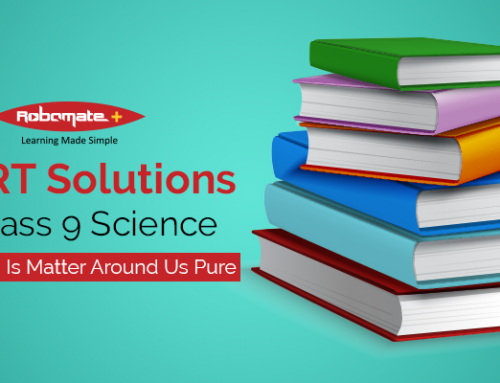Atom
Atoms are the smallest particles of an element which can take reaction.
Size of an atom: Atomic radius is measured in nanometres.
Atomic radii of hydrogen atom = 1 × 10–10 m.
Molecule
It is the smallest particle of an element or compound which can exist independently.
- Molecules of an element constitute same type of atoms.
- Molecules may be mono-atomic, di-atomic or polyatomic.
- Molecules of compounds join together in definite proportions and constitute different type of atoms.
Dalton’s Atomic Theory
- Every matter is made up of very small or tiny particles called atoms.
- Atoms are not divisible and cannot be created or destroyed in a chemical reaction.
- All atoms of a given element it are same in size, “mass and chemical properties.
- Atoms of different elements are different in size, mass and chemical properties.
- Atoms combine in the ratio of small whole number to form compounds.
- The relative number and kinds of atoms are constant in a given compound. 9
Atomicity
The number of atoms constituting a Molecule is known as its atomicity.
Ions
The charged particles (atoms) are called ions, they charge or negative charge on it:
Negatively charged ions called anion (C1�).
Positively charge ion is called cation (Na+).
Valency
The combining capacity of an element is known as its valency: Valency is used to find out how atom of an element will combine with the atom of another element to form a chemical compound.
To get in-depth knowledge of atoms and molecules the students can refer to atoms and molecules class 9 notes pdf and atoms and molecules class 9 ncert solutions pdf for further clarity.
NCERT Solutions for Class 9 Science Chapter 3 – Atoms and Molecules








